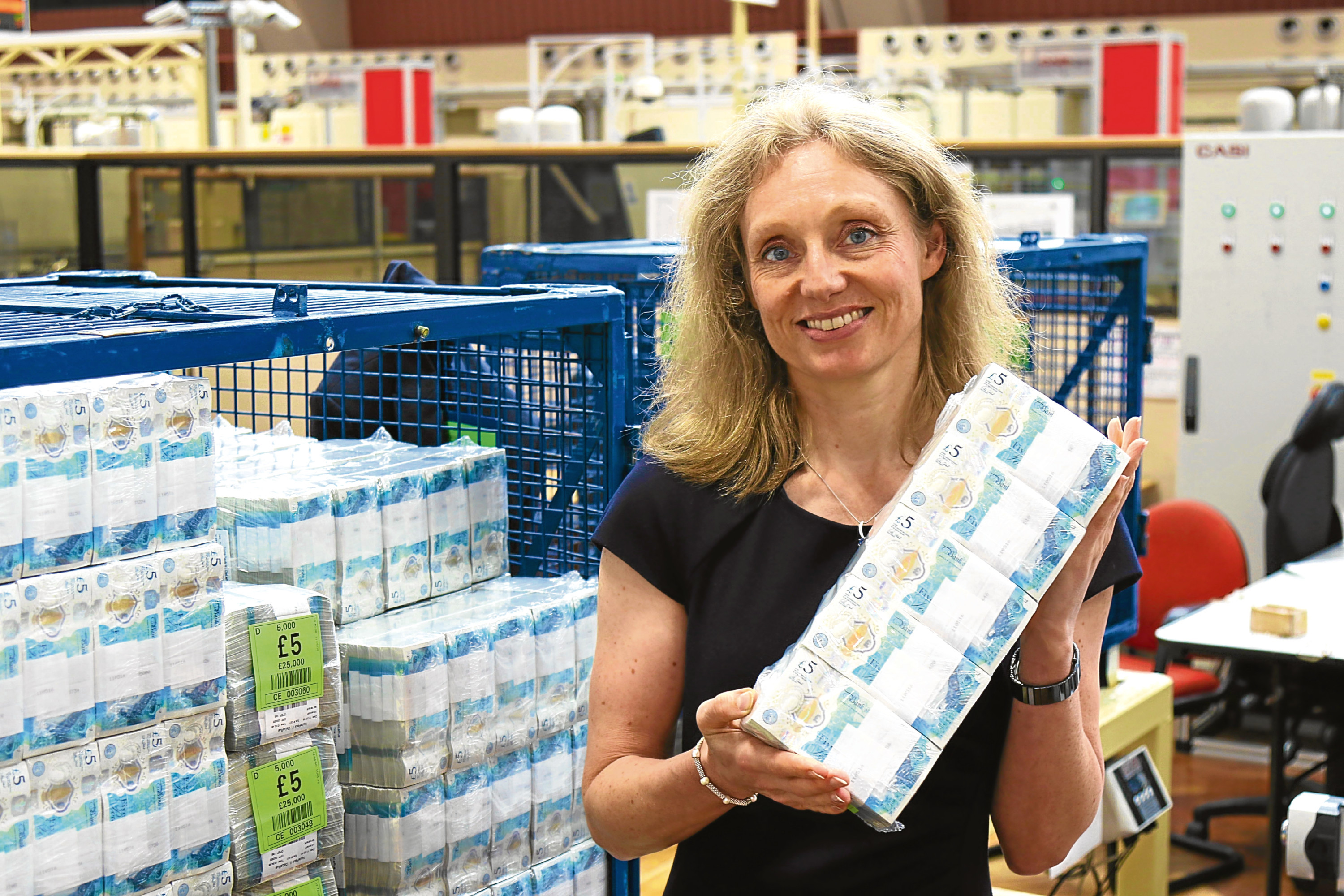
Our greedy banks are becoming more invisible and contactless by the day.
Invisible because they are closing more and more branches every week, contactless over the phone because they make you wade through mind-numbing, soul-destroying telephone automated menus.
They, and major credit card companies, have decided – without asking any of us mere customers – to pursue their profit-driven dream of a cashless society and the standard issuing of contactless credit cards.
Slightly upping the swipe limits year-on-year, quietly replacing your old chip and pin cards with contactless ones, advertising their ease of use and the milliseconds you save using them.
It was brilliant to hear the Bank of England’s chief cashier Victoria Cleland, the woman whose signature appears on every new Bank of England note, refuses to use contactless cards as she doesn’t trust the technology.
In other words, she doesn’t think they are safe either.
Woah, what a swipe at the banks – Vicky has flicked the Vs to contactless cards and if anyone knows about their lack of security, surely it’s her.
So tap and no go Vicky has clicked that these cards aren’t secure, but don’t expect our banks and credit card chumps to listen to Victoria.
She firmly believes the end of physical cash won’t come any day soon, saying: “Cash is here to stay”.
Well I would say that as well if my name was scrawled across all the notes but, sadly, I fear she is wrong.
In Sweden they are already talking about putting microchips into people’s bodies so a sale can be registered with just a swipe of your hand.
The tipping point from cash to cashless has already been passed.
Of all consumer transactions in 2016, only 44% were in cash, down 6% on the previous decade.
Last year, shoppers spent a whopping £25 billion by tap and go transactions.
So contactless cards are definitely here to stay.
In fact, their use is only going to become more widespread as each year passes.
However, the crooks will also get more clever in this evolutionary arms race, and the amounts they steal will rise and rise.
And when it reaches an eye-watering level, no doubt the banks will stop covering your losses.
You can’t stop this march of madness but you can make your voice heard.
If, like me, you don’t trust or want to go contactless, and are enraged you haven’t been given a choice in the matter, then contact them and demand they issue you with a chip and pin.
If they then refuse as MBNA will because, to their shame, they now don’t issue them, then make a complaint to your local MP, MSP and financial regulator.
Contactless shouldn’t mean unaccountable and lacking in transparency.

Enjoy the convenience of having The Sunday Post delivered as a digital ePaper straight to your smartphone, tablet or computer.
Subscribe for only £5.49 a month and enjoy all the benefits of the printed paper as a digital replica.
Subscribe